I recently bought this product. I would like to know what the best way to solder something such as a wire to those metal leads. Any suggestions?

I recently bought this product. I would like to know what the best way to solder something such as a wire to those metal leads. Any suggestions?

If you have any flux you should first add that to the pad, but this isn't entirely necessary.
Add a small bit of solder to the metal pads, then lightly coat tip of the wire with solder as well.
Next, place the wire up against the pad and heat the wire and and pad with the iron. As soon as the solder melts, push the wire completely against the pad so it is making a solid connection. Remove the heat, and hold the wire in place until the solder hardens.
Things to remember:
Get a helping hand. This will hold the board, and the wire to the pad. You just apply heat and solder.
I don't think there really is a 'best' way. So long as you can do it, is the best way.
What you can do is put some solder on the pad, and while its still molten, stick your wire in the molten solder. Do a continuity check as you go, or at the very end to make sure that you have a good connection between your wire and the pad.